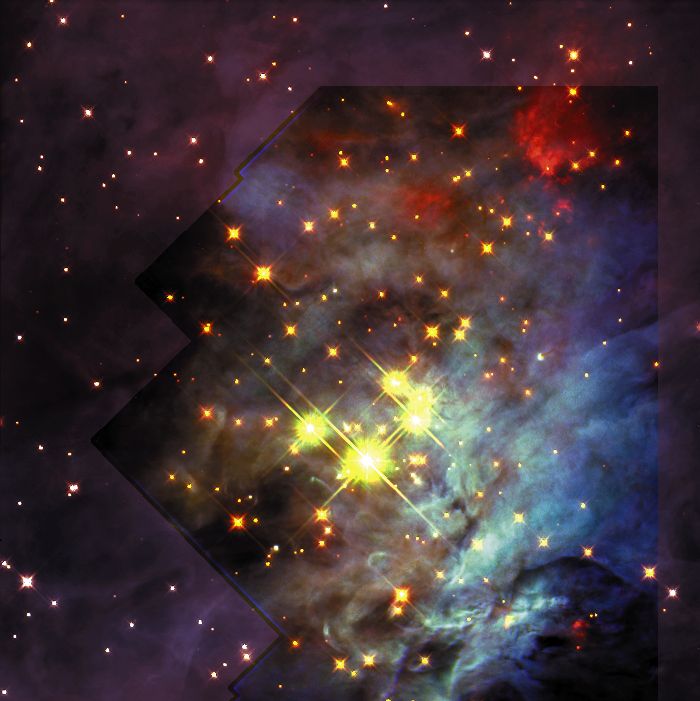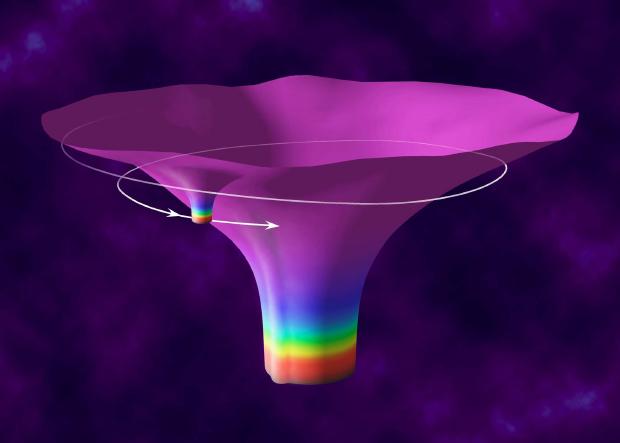Do sexy images sell products? Like anything in marketing, it depends on if it works, says a new study in Journal of Consumer Research, but the common belief is that it doesn't work all that great for women. The researchers say there may be ways to do it that can attract customers of both sexes.
In today's cluttered advertising space, marketers use increasingly radical images that include nudity and sexual language.
Authors Darren W. Dahl (University of British Columbia, Vancouver), Jaideep Sengupta (Hong Kong University of Science and Technology), and Kathleen D. Vohs (University of Minnesota) followed up on earlier research that has demonstrated that women exhibit negative reactions to explicit sexual content in advertising.
Experts in intellectual property and patents write in a forthcoming issue of the International Journal of Technology Transfer and Commercialisation that tools such as online social networking could be used to eradicate the enormous backlog of patent applications in the US.
Social networking sites such as Facebook, ScientificBlogging and MySpace allow visitors to create networks of friends and contacts, upload images, music, videos, and news stories. Members can discuss, blog, and rate different media on such sites and provide useful feedback to the content creators. Analyzing social networks can uncover patterns of interaction between people and reveal what is important and well-ranked in a given group, or community.
In tales, legend and role-playing games, sprites are tiny creatures that cause lots of rascally hijinks - sometimes they even dance in the sky. Scientists at Tel Aviv University say that some "sprites" are very real and they are zipping across the atmosphere, providing a possible explanation for those more modern legendary denizens of the skies; UFOs.
Thunderstorms, says Prof. Colin Price, head of the Geophysics and Planetary Sciences Department at Tel Aviv University, are the catalyst for a newly discovered natural phenomenon he calls "sprites." He and his colleagues are one of the leading teams in the world studying the phenomenon, and Prof. Price leads the study of "winter sprites" ― those that appear only in the northern hemisphere's winter months.
When shopping, we often find ourselves choosing between lower- and higher-cost items. But most people make a choice based on the first digit they see, according to a new study in the Journal of Consumer Research.
"Shoppers pay a disproportionate amount of attention to the leftmost digits in prices and these leftmost digits impact whether a product's price is perceived to be relatively affordable or expensive," write authors Kenneth C. Manning (Colorado State University) and David E. Sprott (Washington State University).
On long, dark winter nights, the constellation of Orion the Hunter dominates the sky. Within the Hunter's sword, the Orion Nebula swaddles a cluster of newborn stars called the Trapezium. These stars are young but powerful, each one shining with the brilliance of 100,000 Suns. They are also massive, containing 15 to 30 times as much material as the Sun.
Where did the Trapezium stars come from? The question is not as simple as it seems. When it comes to the theory of how massive stars form, the devil is in the details.
The rotating black hole has been described as one of nature's most perfect objects. As described by the Kerr solution of Einstein's gravitational field equations, its spacetime geometry is completely characterized by only two numbers — mass and spin — and is sometimes described by the aphorism "black holes have no hair.''
A particle orbiting a rotating black hole always conserves its energy and angular momentum, but otherwise traces a complicated twisting rosette pattern with no discernible regularity.
 Science Podcast Or Perish?
Science Podcast Or Perish? Type 2 Diabetes Medication Tirzepatide May Help Obese Type 1 Diabetics Also
Type 2 Diabetes Medication Tirzepatide May Help Obese Type 1 Diabetics Also Life May Be Found In Sea Spray Of Moons Orbiting Saturn Or Jupiter Next Year
Life May Be Found In Sea Spray Of Moons Orbiting Saturn Or Jupiter Next Year Mouse Study Correlates Diabetes To Alzheimer’s
Mouse Study Correlates Diabetes To Alzheimer’s








